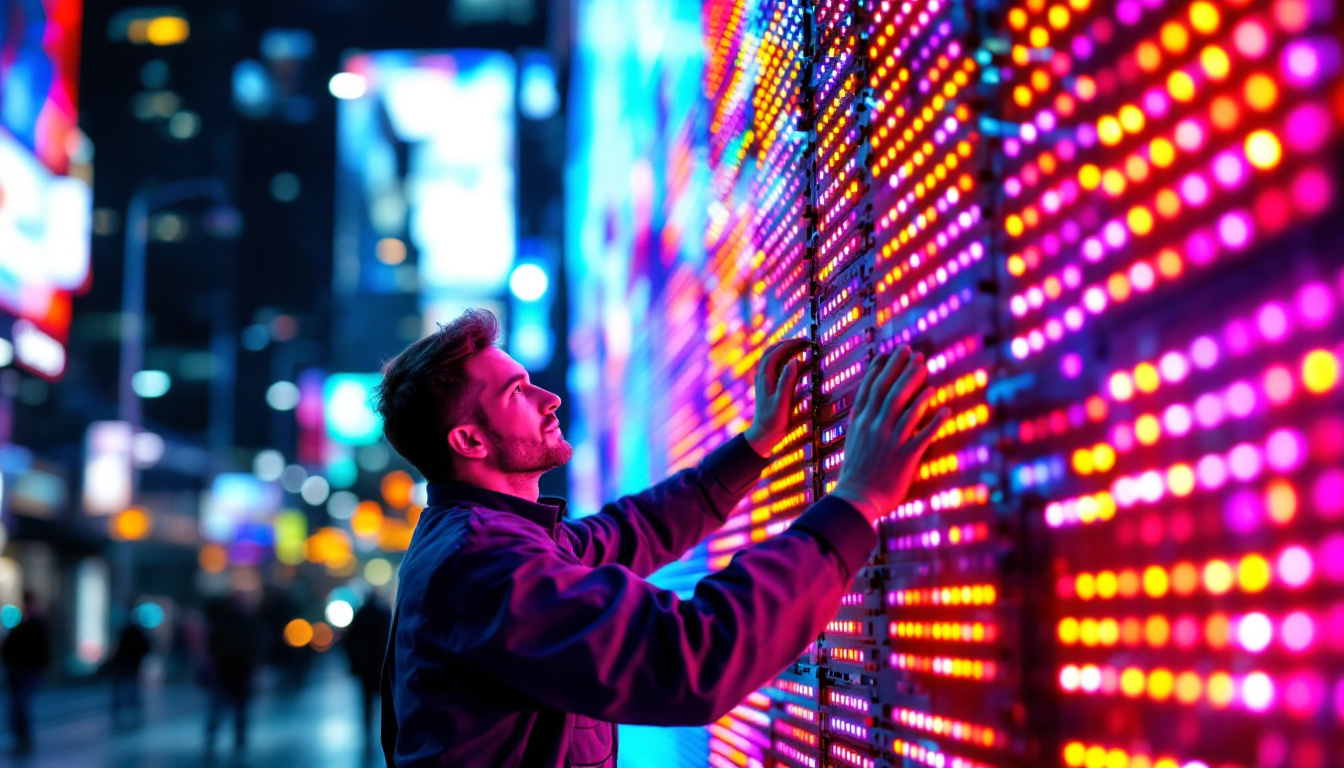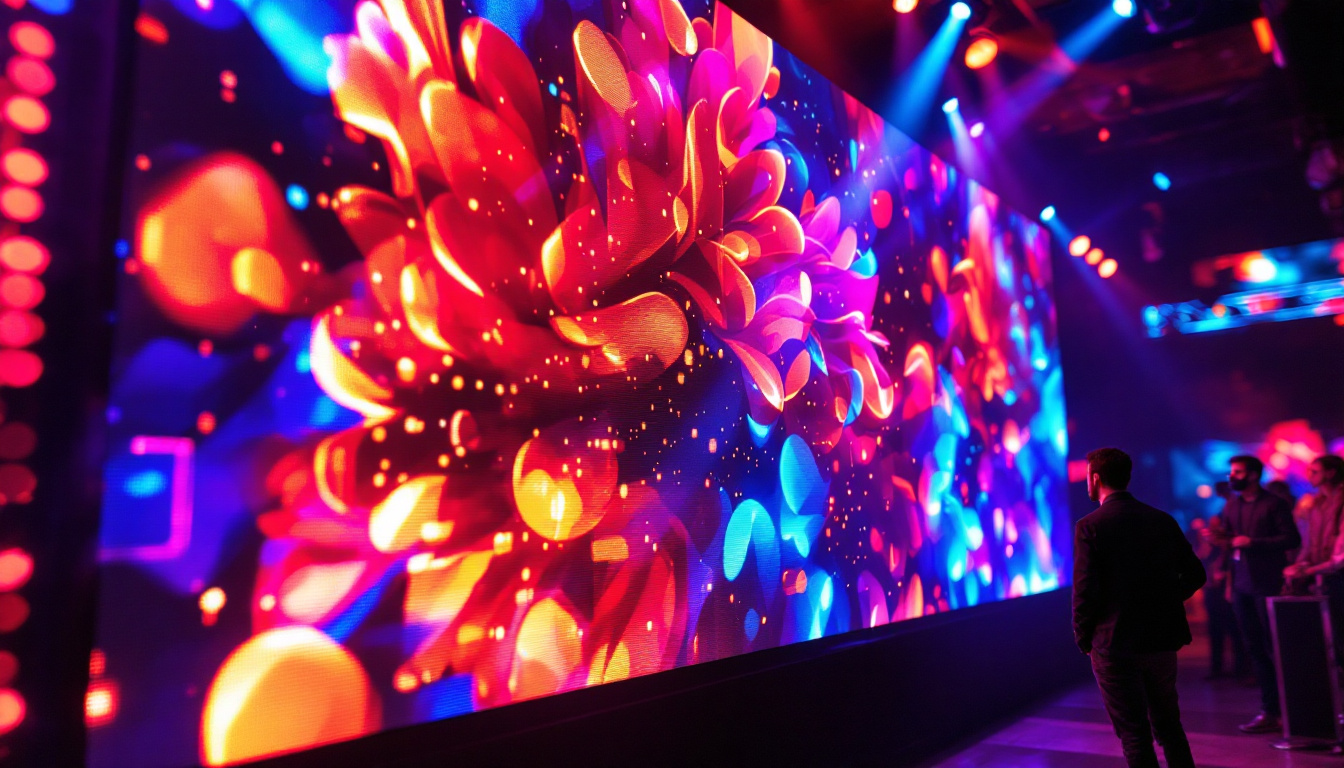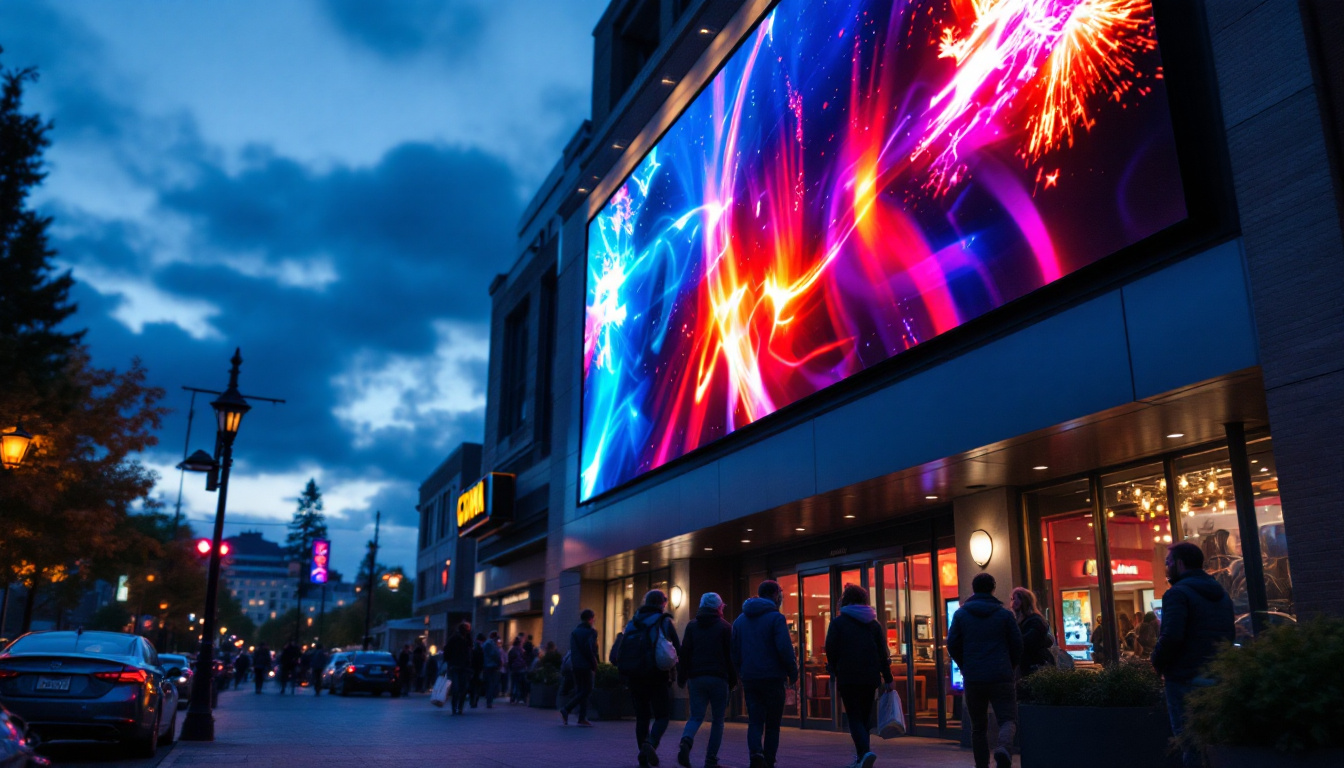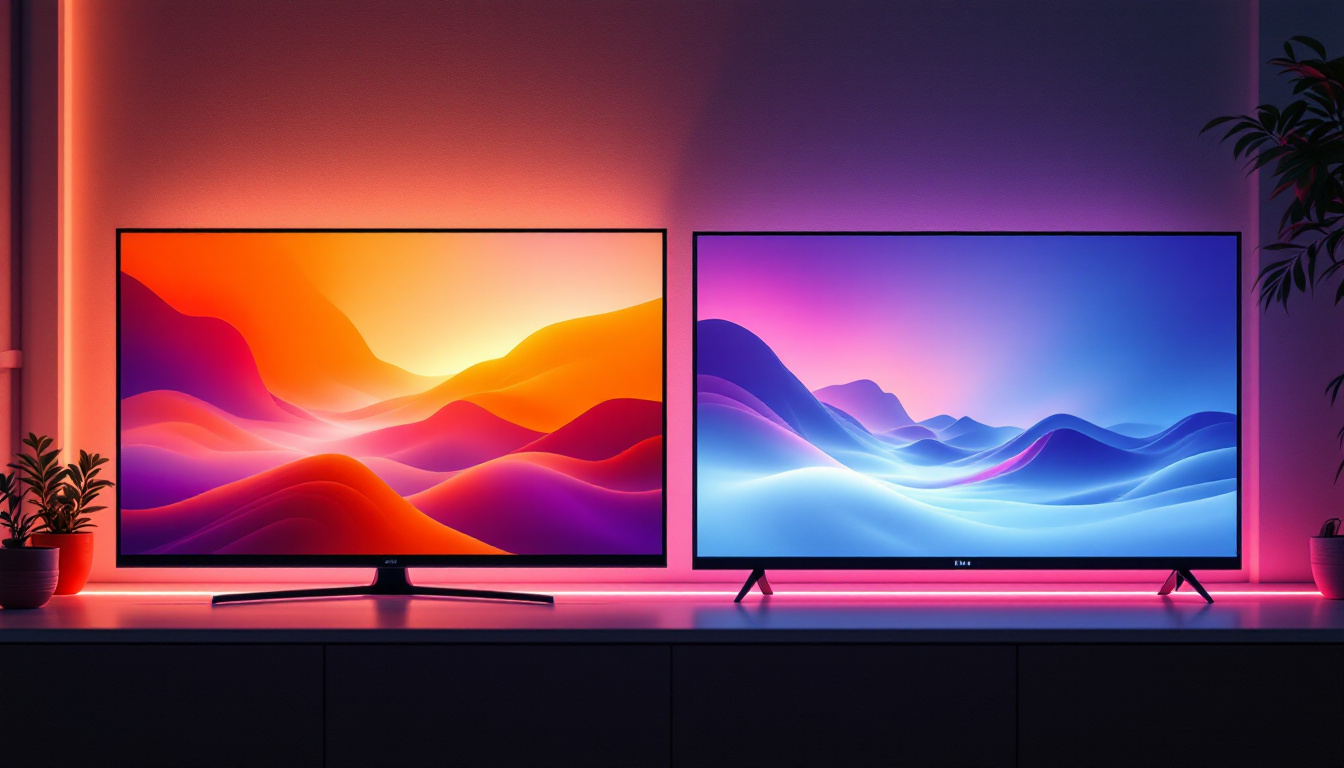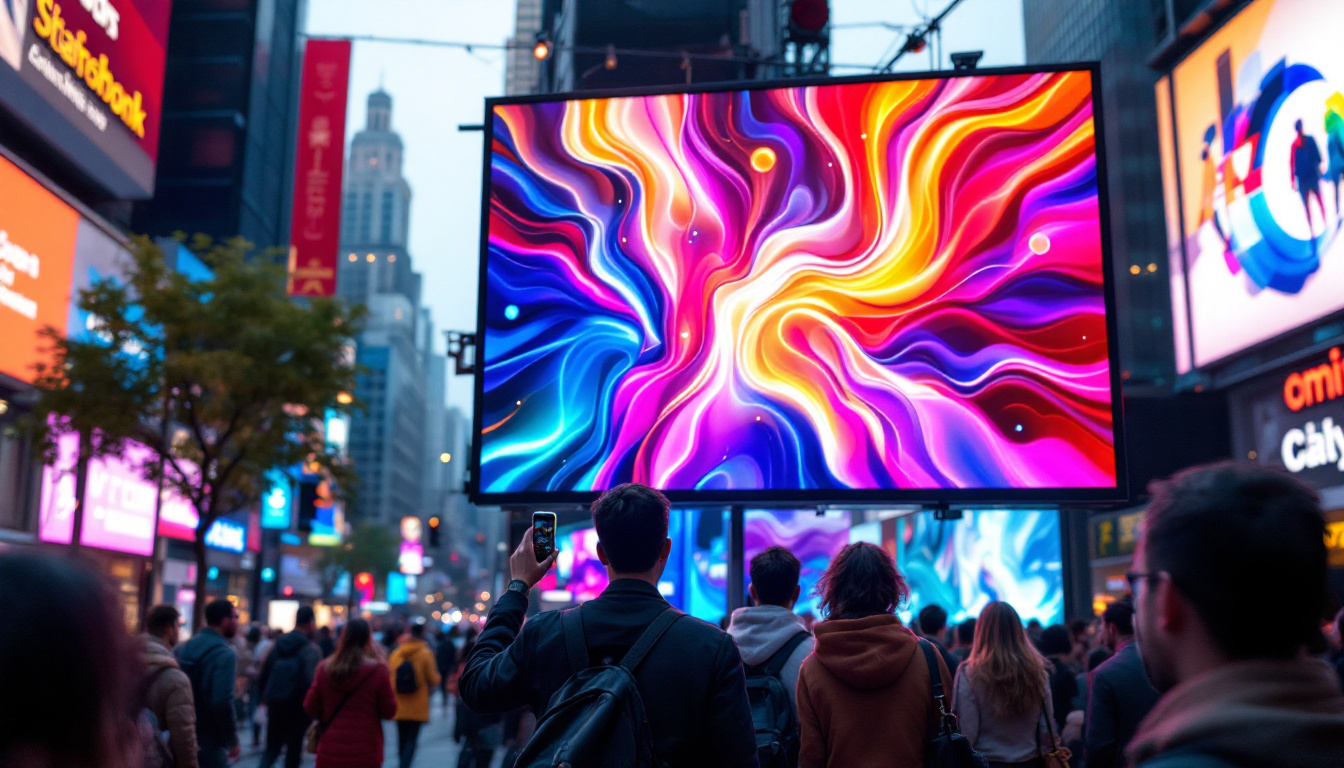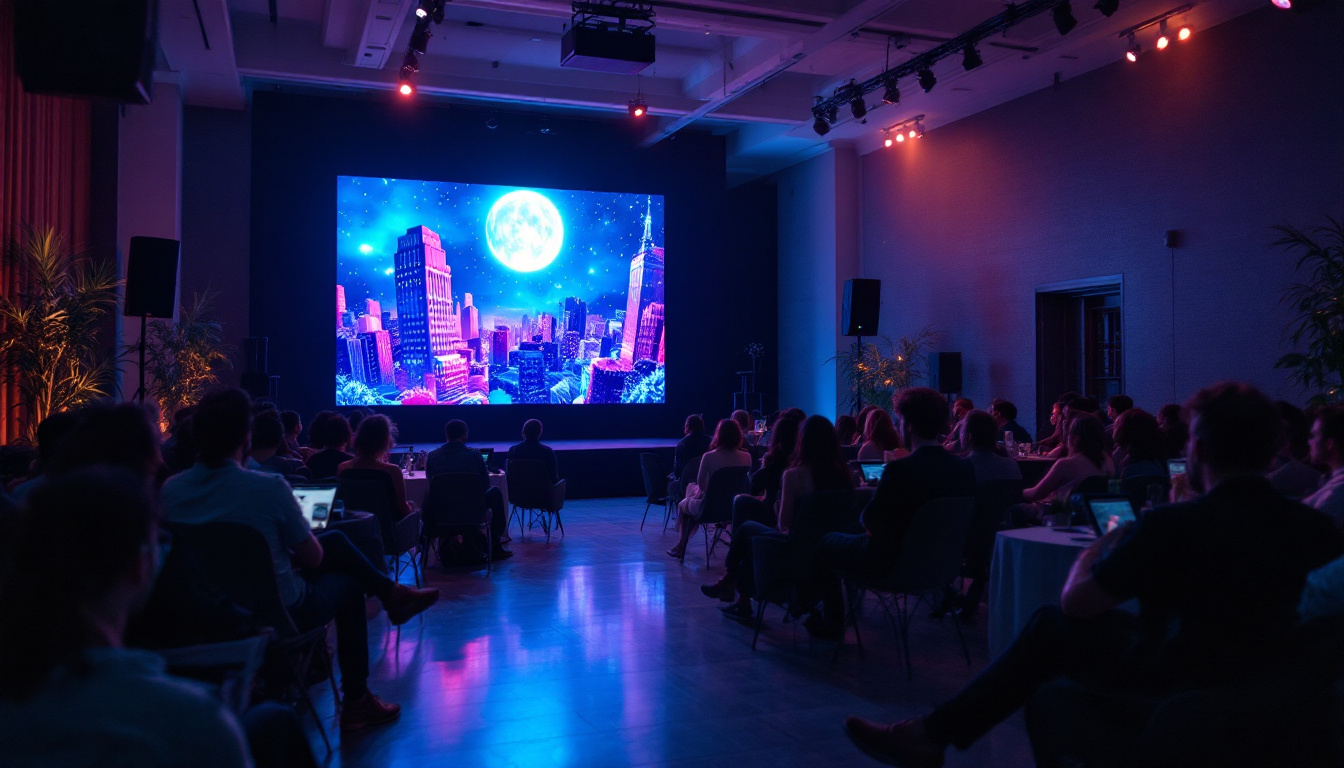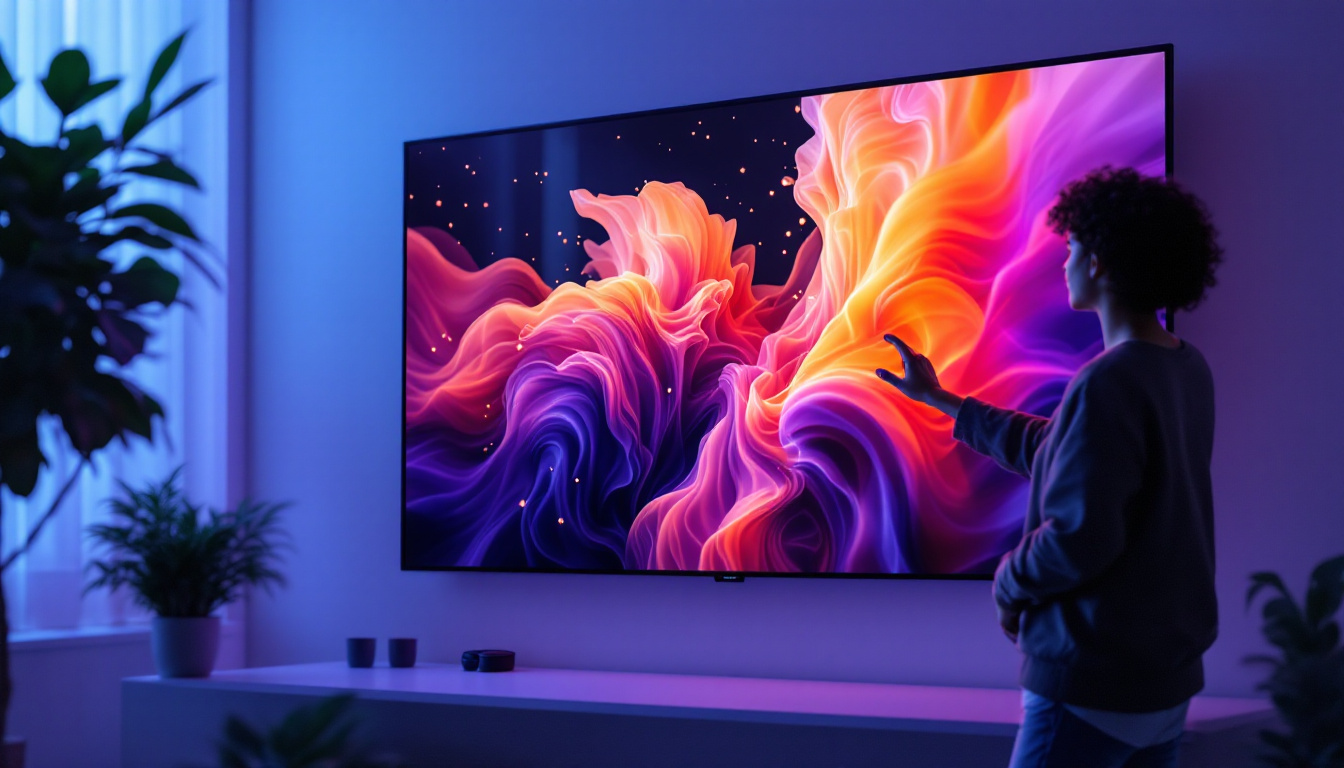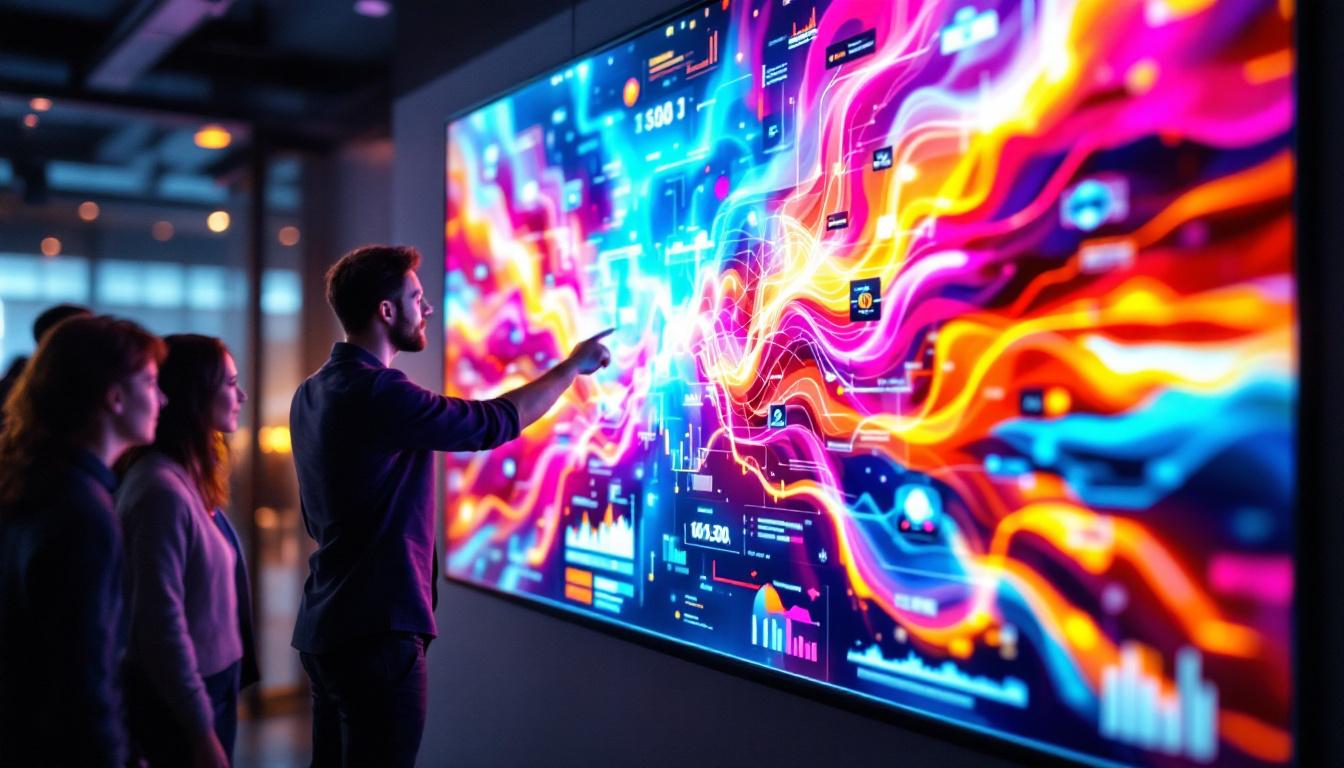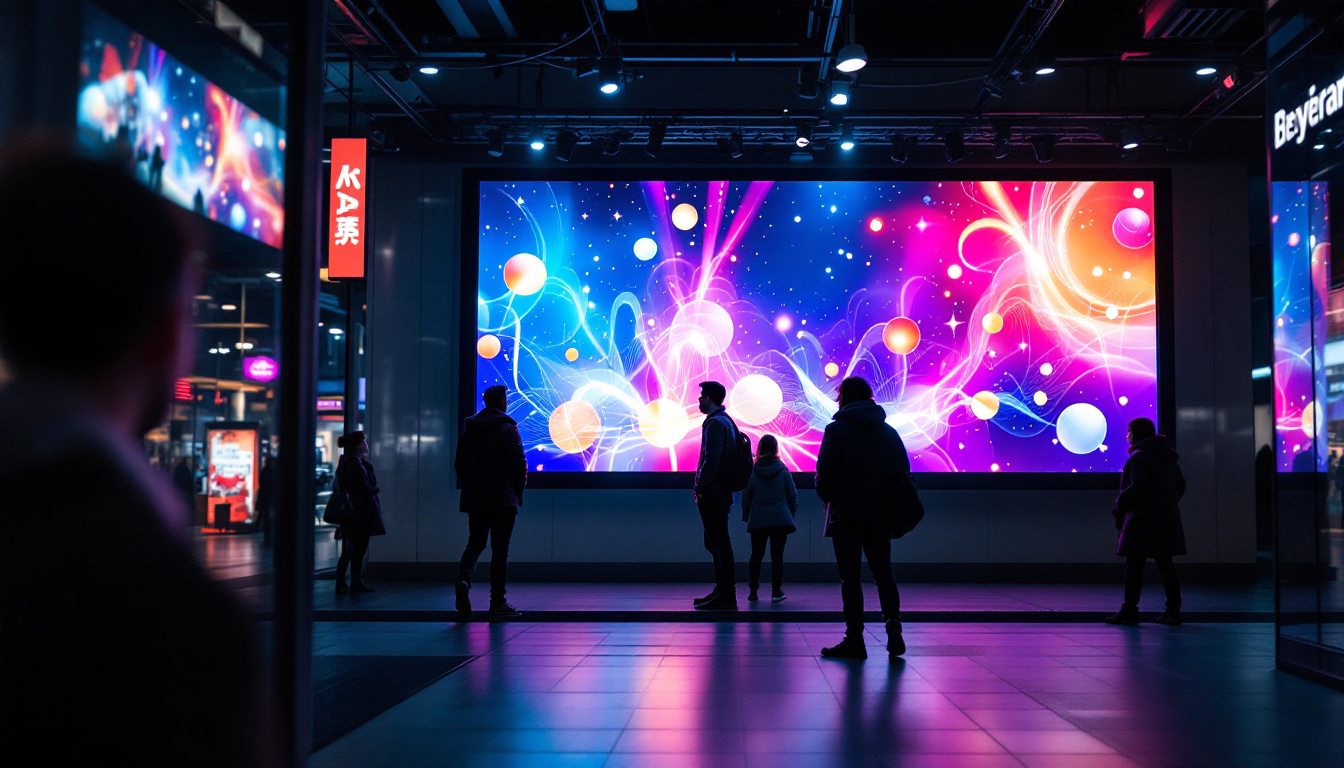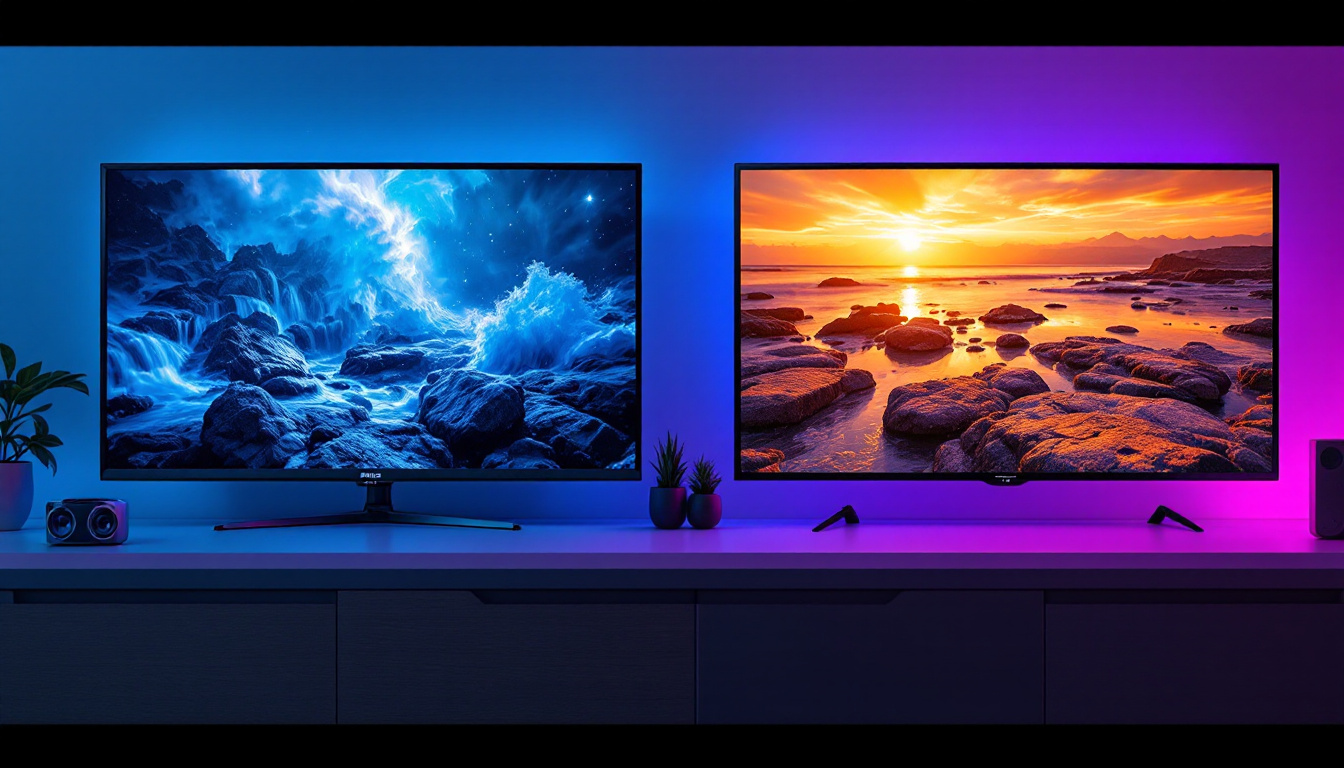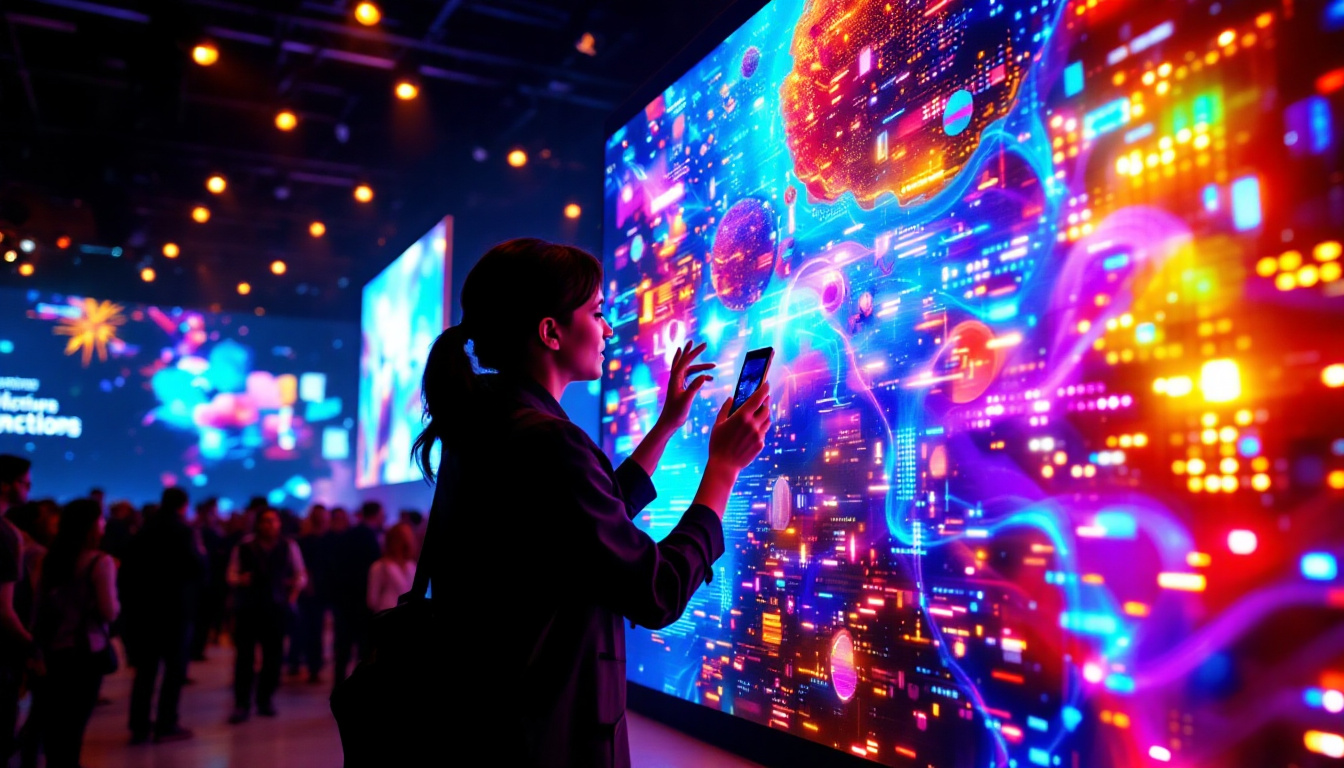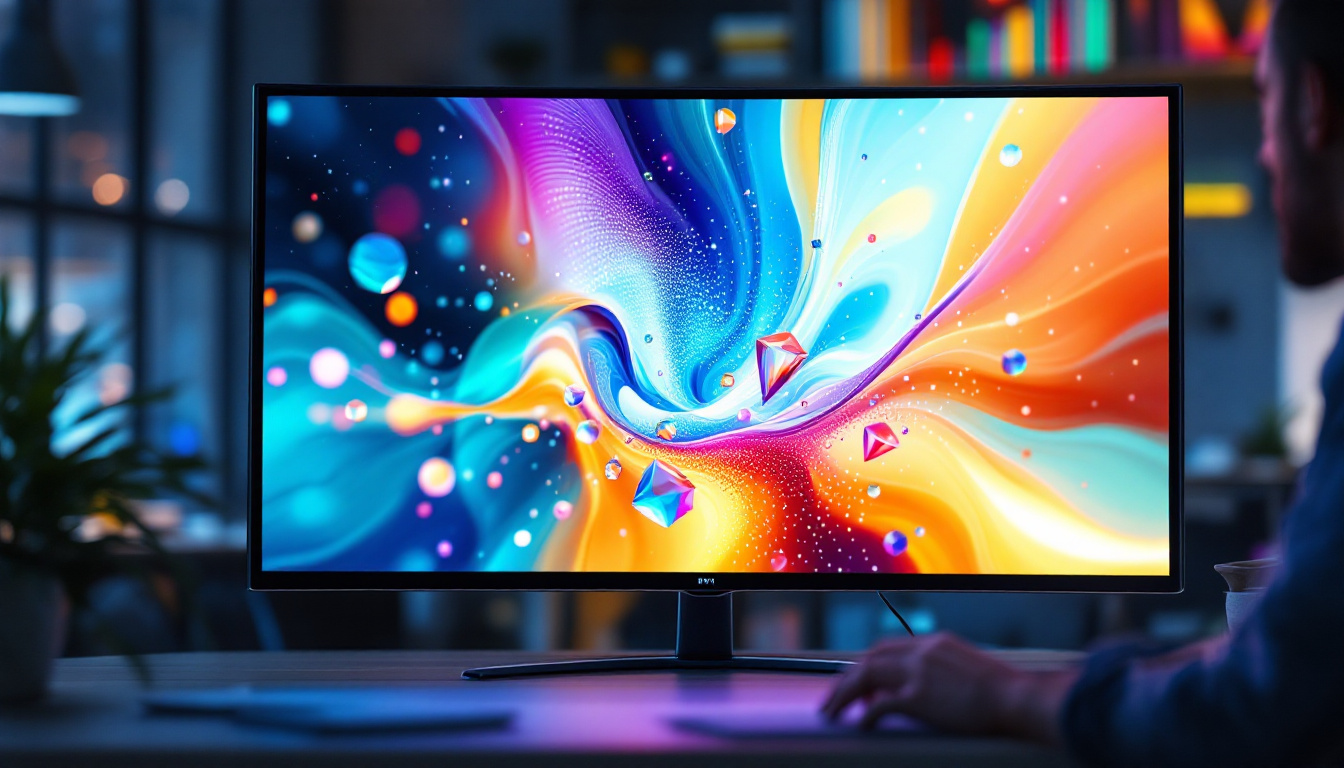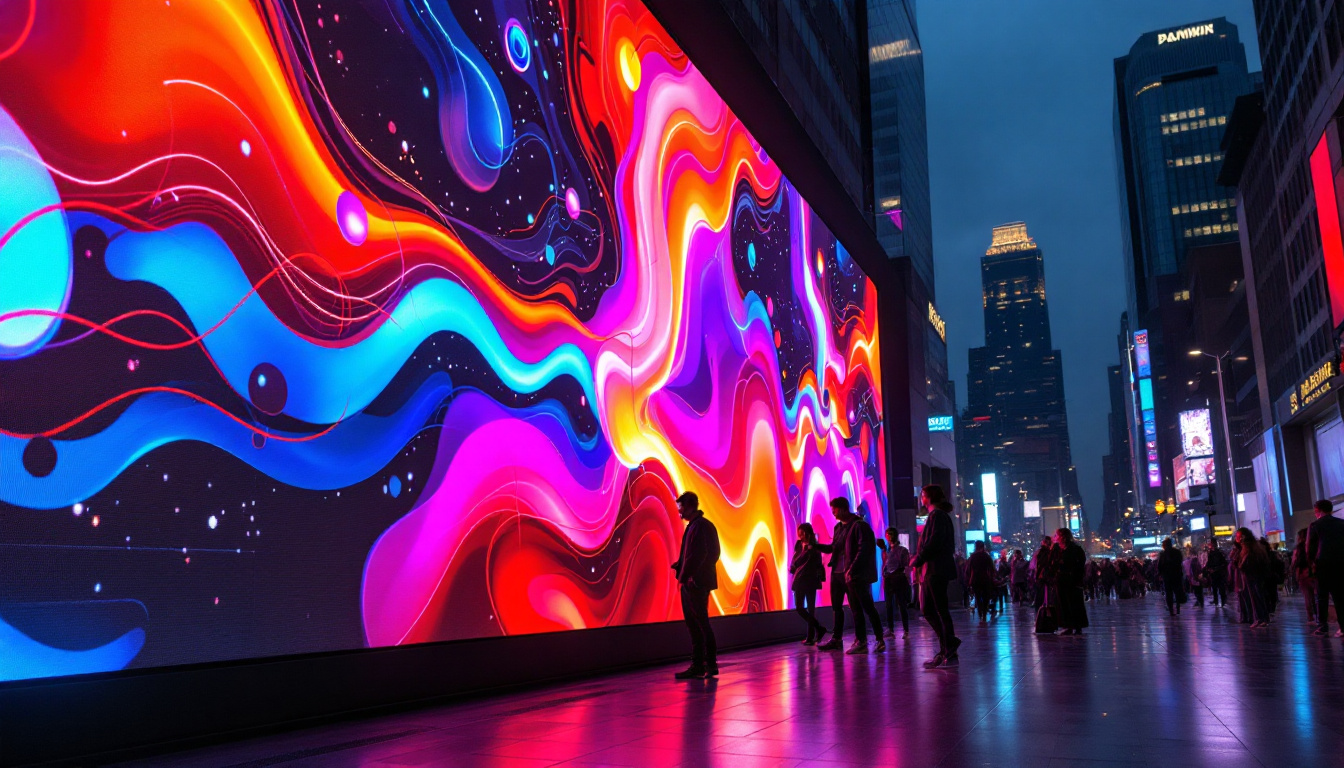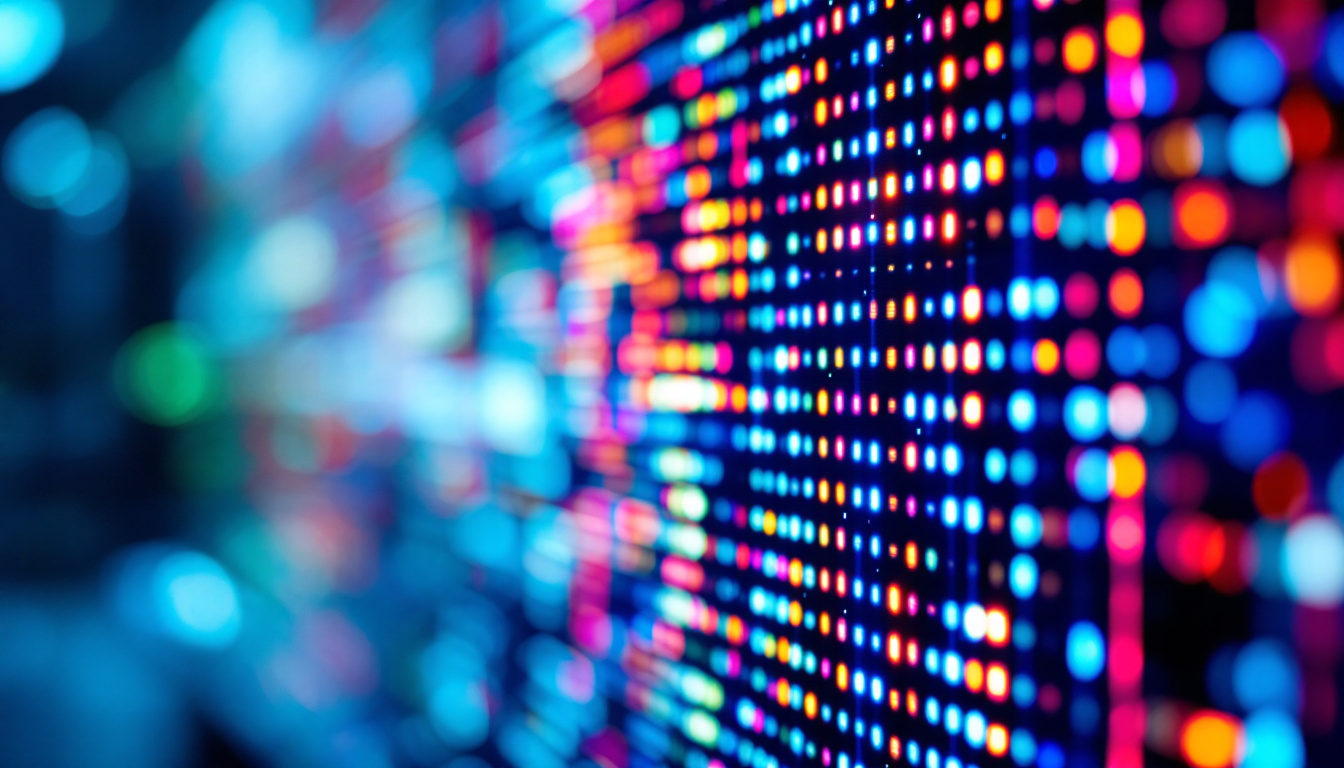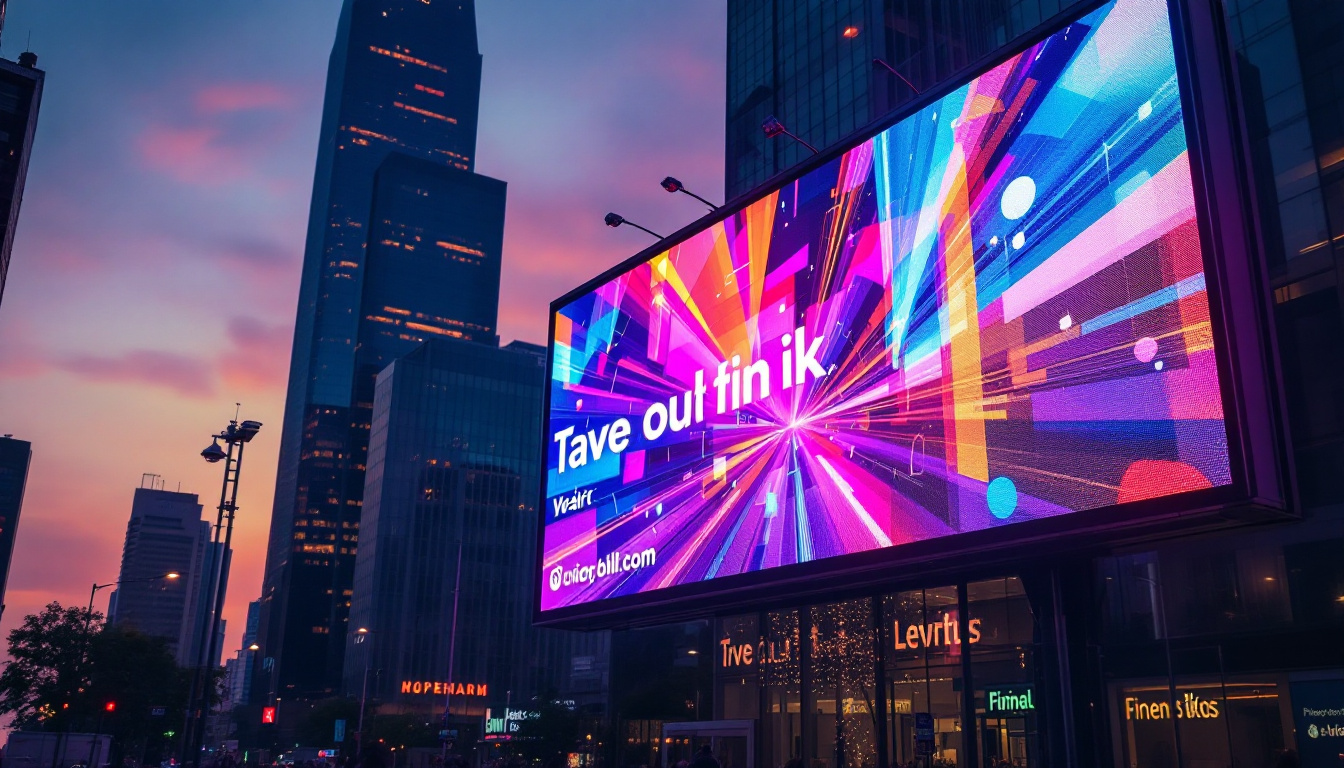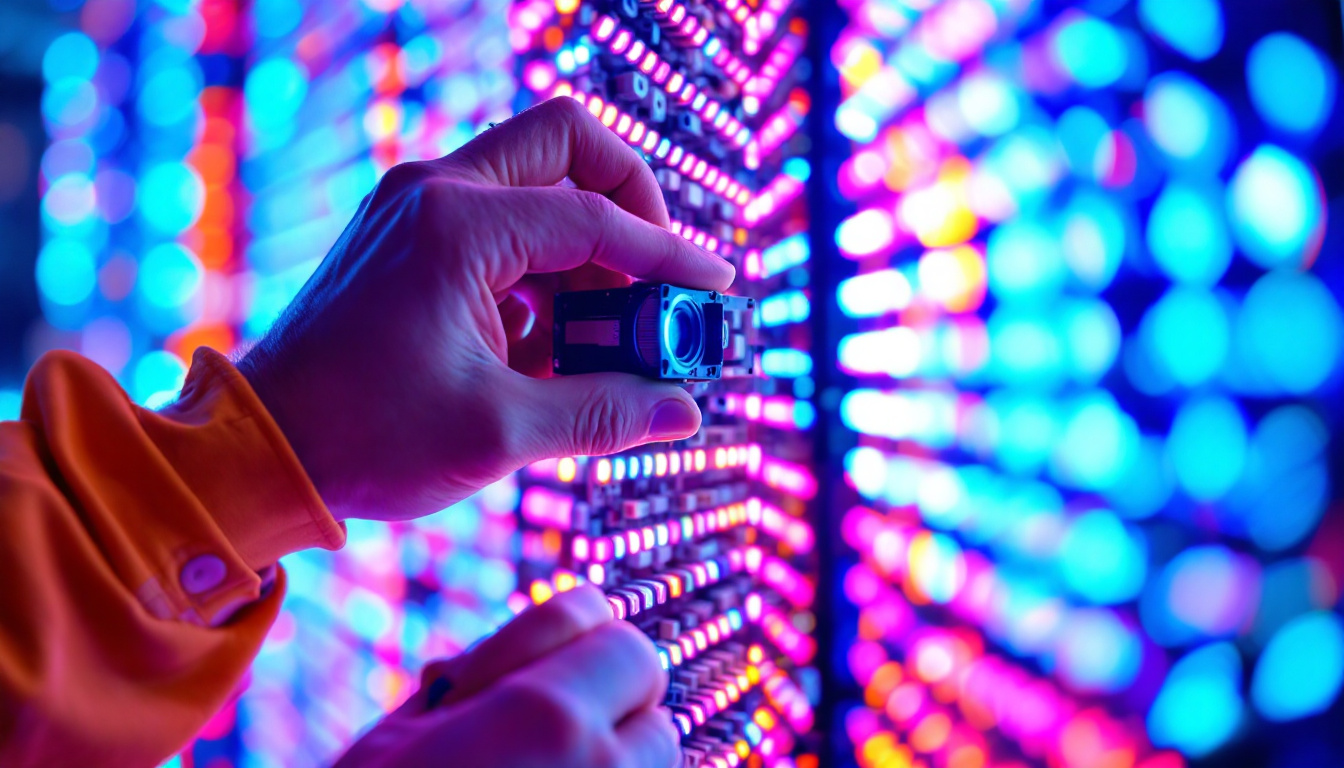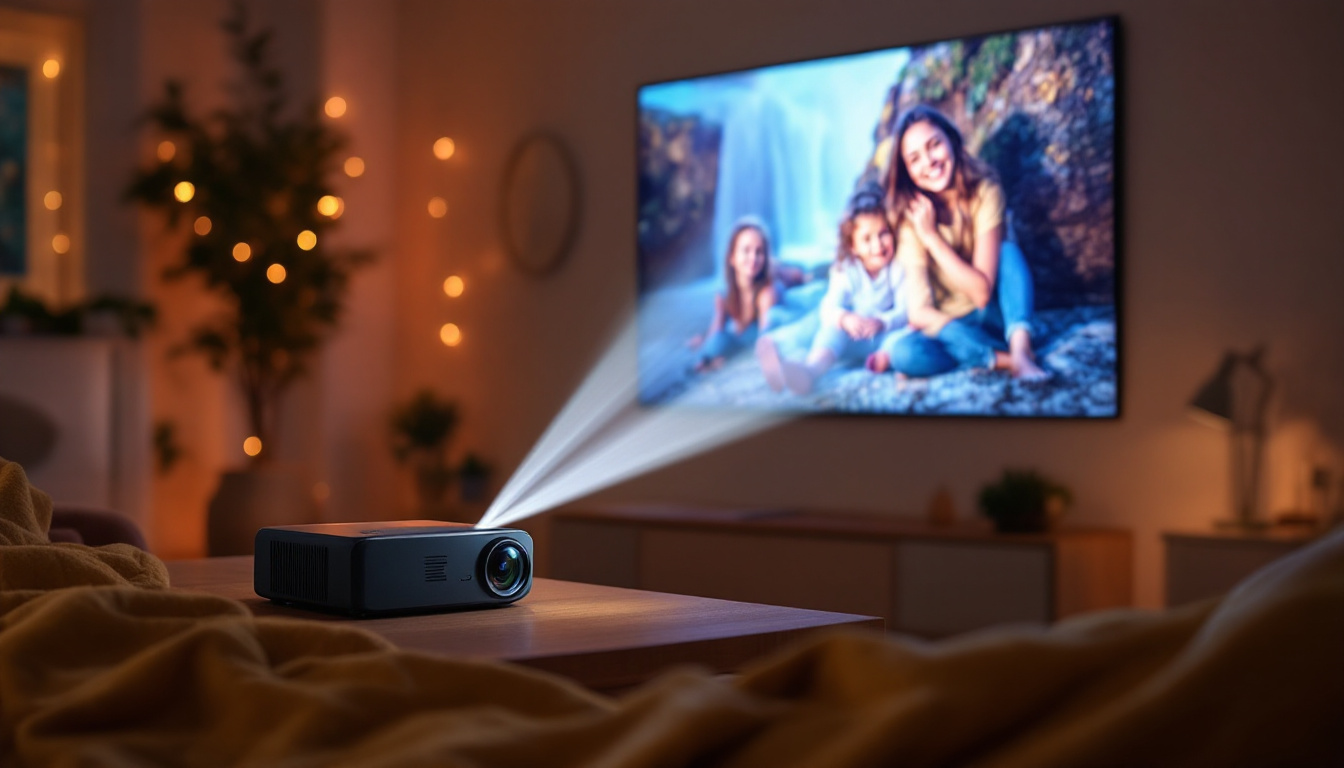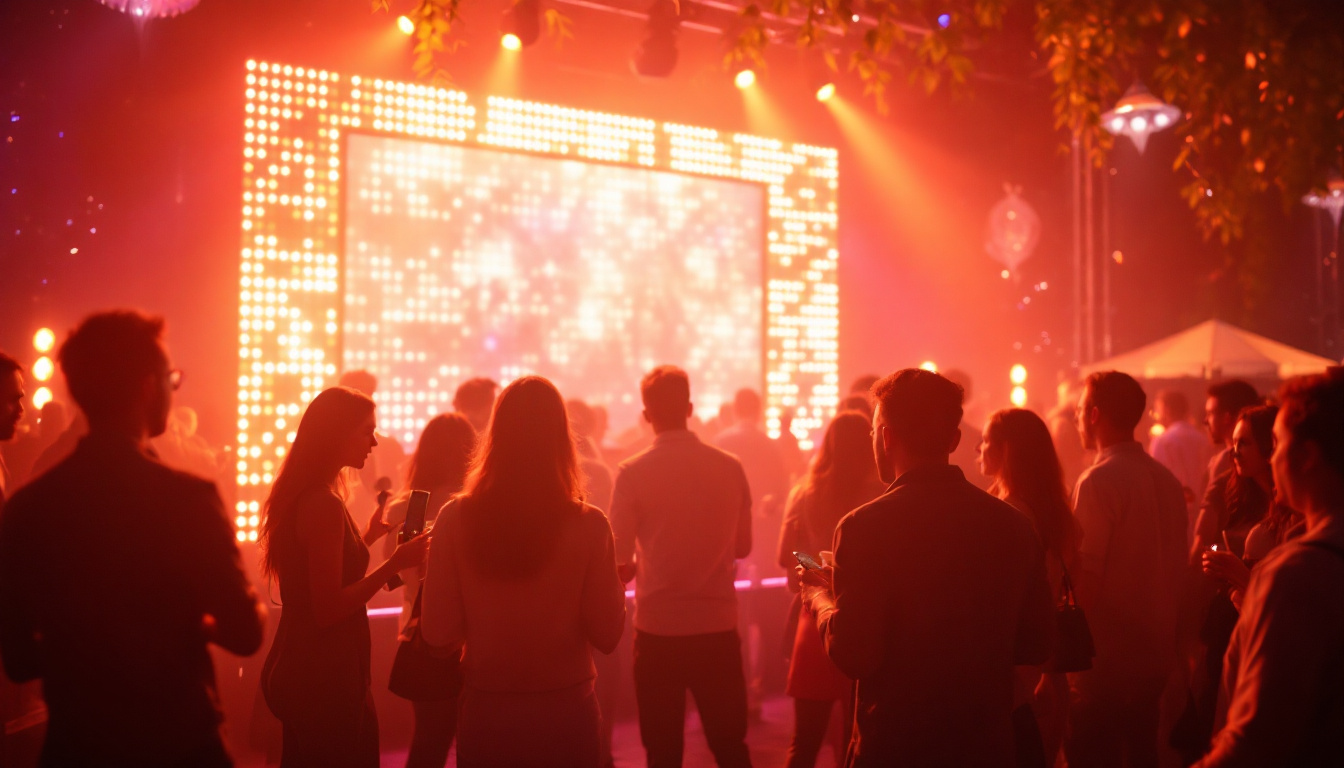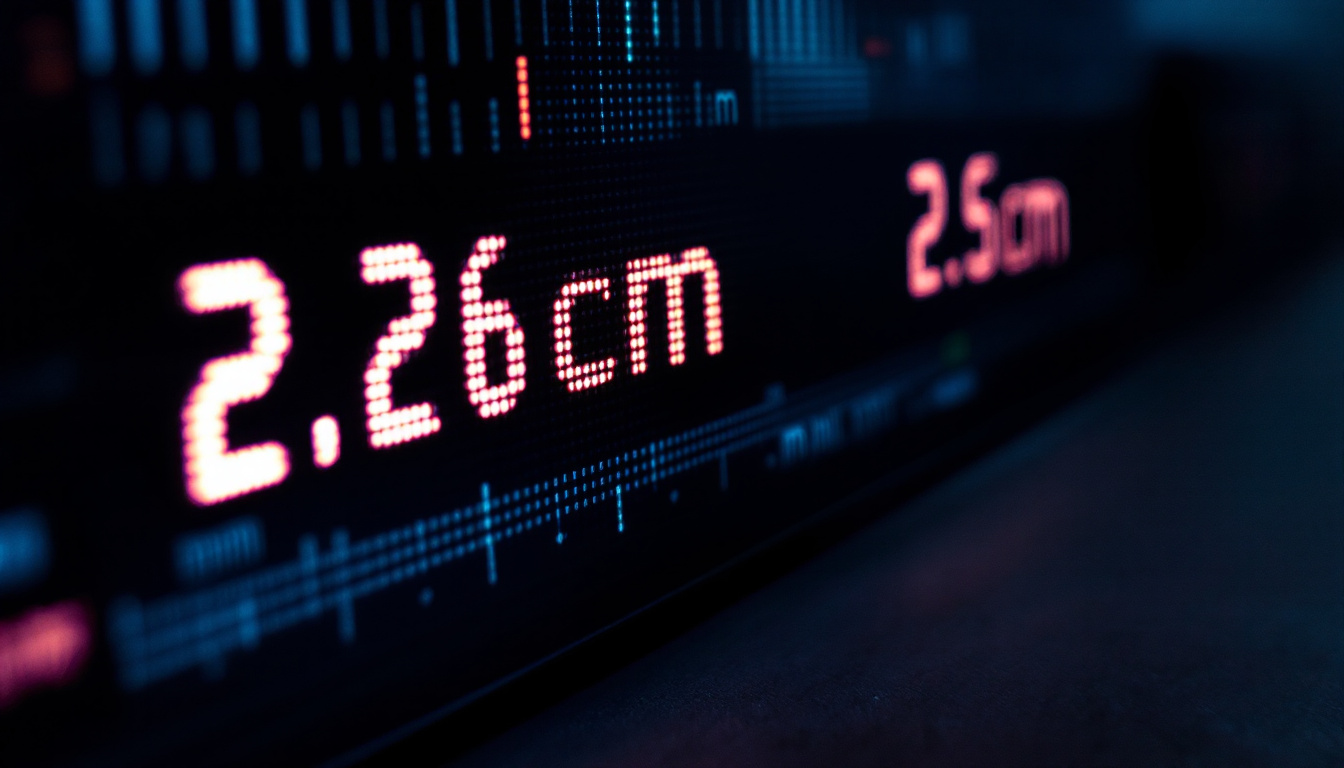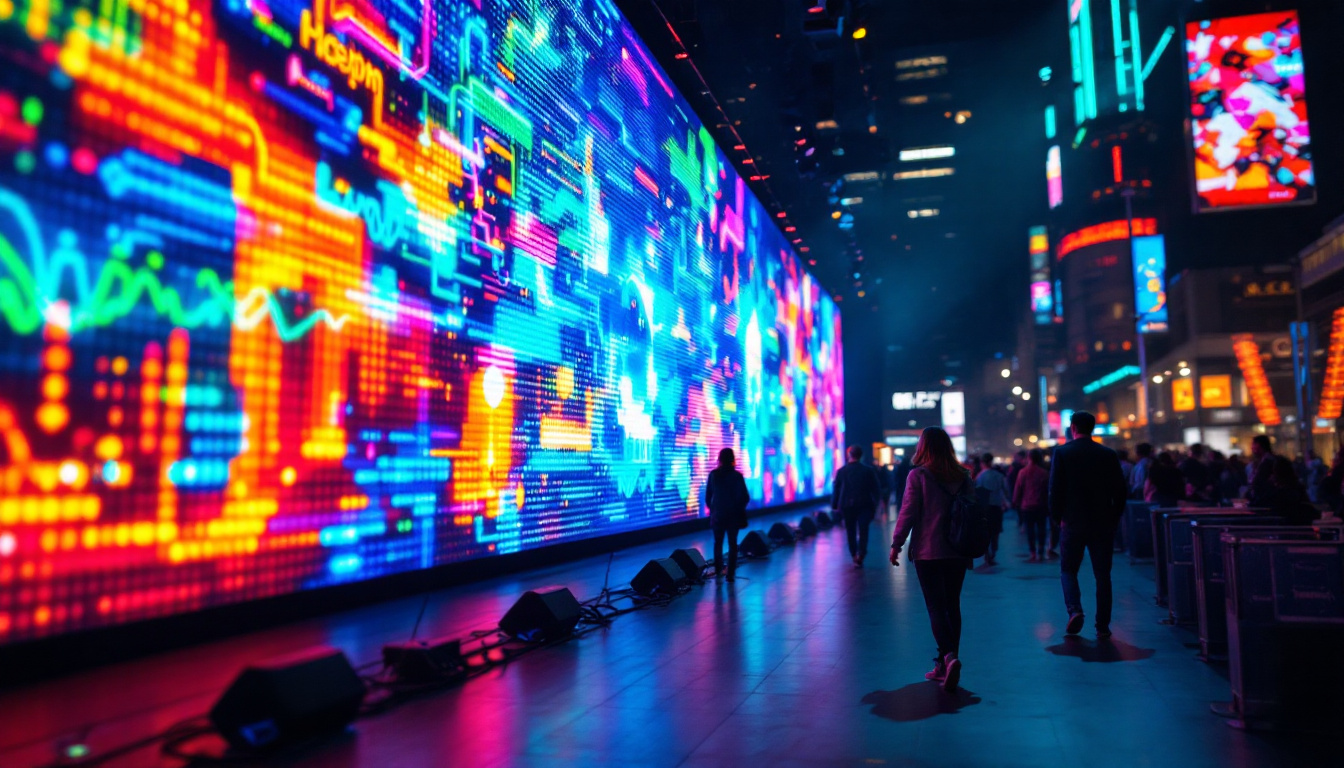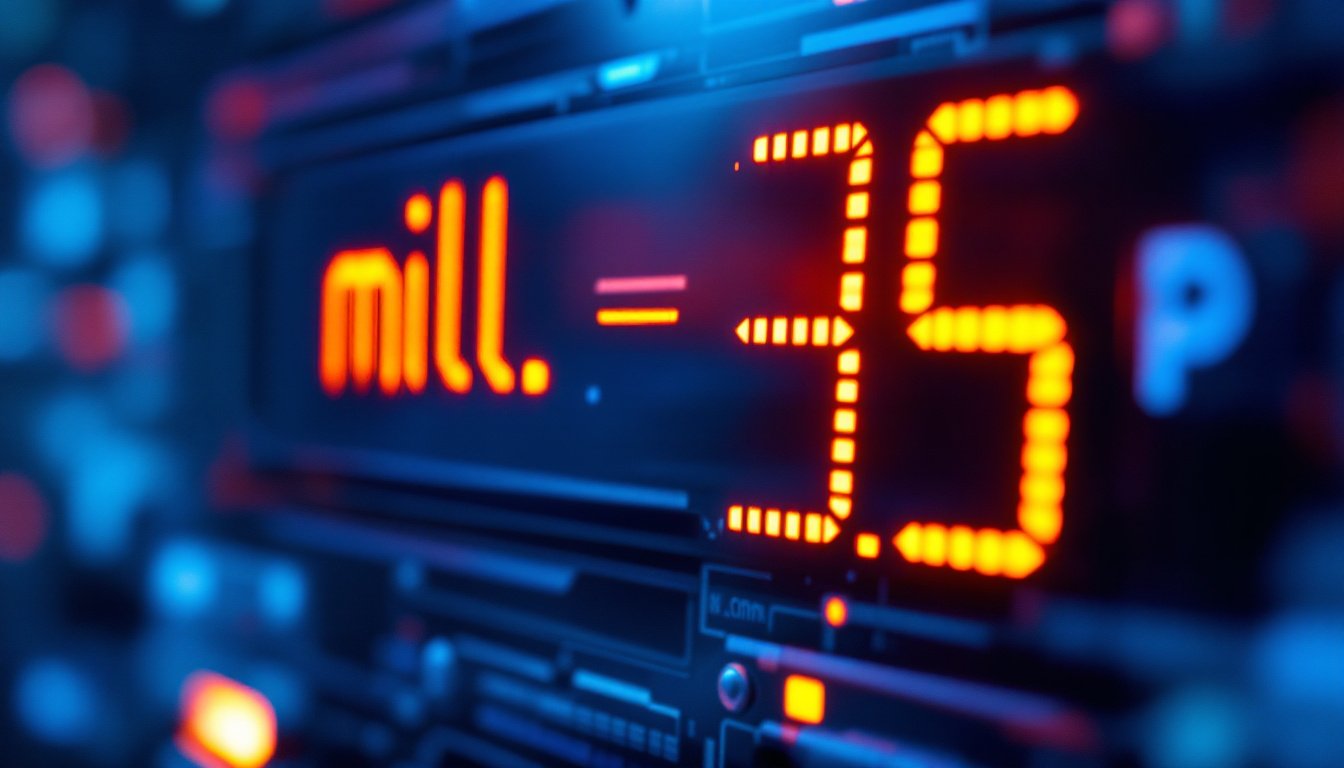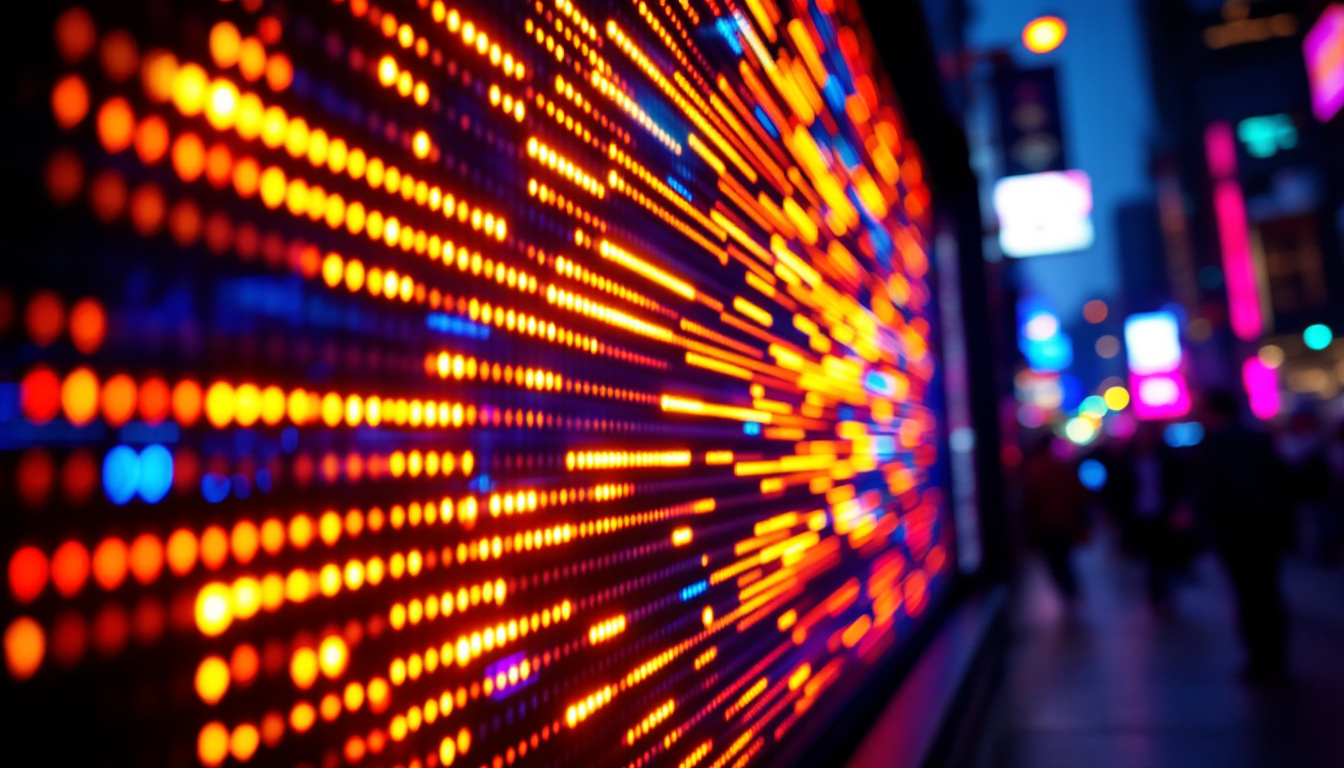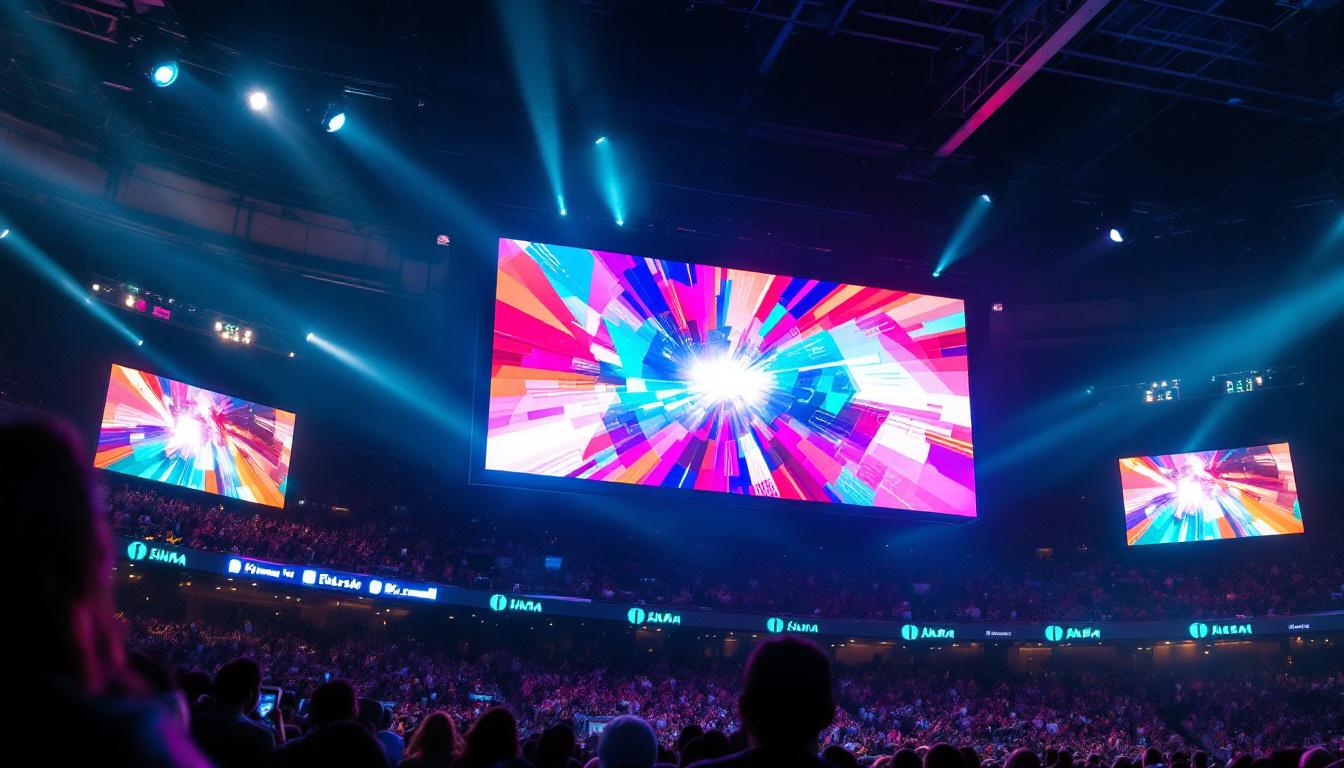In today’s fast-paced world, effective communication is vital for businesses looking to capture attention and convey messages quickly. One of the most innovative ways to achieve this is through LED displays. These vibrant, eye-catching signs have revolutionized advertising and information dissemination. This article will delve into the intricacies of LED sign installation, exploring the technology behind LED displays, their benefits, and the installation process.
Understanding LED Technology
LED, or Light Emitting Diode, technology has transformed the way visual information is presented. Unlike traditional signage, which often relies on static images or neon lights, LED displays offer dynamic content that can be updated in real-time. This adaptability allows businesses to convey timely messages, promotions, or important information, making LED technology a vital tool in modern advertising and communication strategies.
What is an LED Display?
An LED display is a flat panel display that uses an array of light-emitting diodes to produce images, text, and video. These displays can be used in various settings, from outdoor billboards to indoor advertising screens. The flexibility and brightness of LED technology make it a popular choice for businesses aiming to stand out. Furthermore, LED displays are energy-efficient, consuming significantly less power than traditional lighting solutions, which not only reduces operational costs but also minimizes environmental impact.
Types of LED Displays
LED displays can be categorized into various types based on their application and design:
- Outdoor LED Displays: These are designed to withstand weather conditions while providing high visibility from a distance. They often feature protective coatings and robust enclosures to ensure durability against rain, wind, and UV exposure.
- Indoor LED Displays: Typically used in retail environments, these displays offer high resolution and brightness for close viewing. Their vibrant colors and sharp images enhance the shopping experience, drawing customers’ attention to promotions and products.
- Transparent LED Displays: These innovative displays allow for visibility through the screen, making them ideal for storefronts. They create a unique visual effect, enabling businesses to showcase products behind the display while still delivering engaging digital content.
How LED Displays Work
At the core of an LED display are thousands of tiny diodes that emit light when an electric current passes through them. Each diode can produce different colors, and by combining these colors, the display can create a full spectrum of hues. The arrangement of these diodes determines the resolution and image quality of the display. Additionally, advanced technologies such as pixel mapping and color calibration are employed to ensure that the images displayed are vivid and true to life, enhancing the overall viewing experience.
Moreover, LED displays are equipped with sophisticated control systems that allow for easy content management. Users can schedule content changes, adjust brightness levels, and even monitor performance metrics remotely. This level of control not only enhances the effectiveness of advertising campaigns but also allows for quick responses to changing market conditions or audience preferences. As a result, businesses can maintain a competitive edge by leveraging the capabilities of LED technology to engage their customers effectively.
Benefits of LED Displays
The advantages of using LED displays are numerous, making them a preferred choice for many businesses. Here are some key benefits:
High Visibility and Brightness
One of the main advantages of LED displays is their brightness. They are visible in direct sunlight, making them suitable for outdoor advertising. The vivid colors and high contrast ensure that messages are seen, even from a distance.
Energy Efficiency
LED technology is known for its energy efficiency. Compared to traditional lighting methods, LED displays consume significantly less power, which can lead to substantial cost savings over time. This efficiency also contributes to a reduced carbon footprint, making LED displays an environmentally friendly option.
Dynamic Content Capabilities
Unlike static signs, LED displays can showcase dynamic content. Businesses can easily update messages, images, and videos, allowing for timely promotions and announcements. This flexibility enables companies to engage their audience more effectively and keep their messaging fresh.
The Installation Process
Installing an LED display requires careful planning and execution. Here’s a breakdown of the key steps involved in the installation process:
Site Assessment
The first step in installing an LED display is conducting a site assessment. This involves evaluating the location where the display will be installed, considering factors such as visibility, foot traffic, and surrounding structures. A thorough assessment helps determine the appropriate size and type of display for the intended audience.
Design and Planning
Once the site has been assessed, the next step is to design the installation plan. This includes selecting the right display model, determining the mounting method, and planning for electrical requirements. Collaborating with professionals who specialize in LED installations can ensure that all aspects of the design are addressed.
Installation and Setup
The actual installation of the LED display involves several technical processes. Here’s what typically happens:
- Mounting: The display is securely mounted to a structure, whether it be a wall, pole, or frame. Proper mounting is crucial for stability and safety.
- Wiring: Electrical connections are made to power the display. This includes connecting to the power supply and any data cables needed for content management.
- Testing: Once installed, the display is tested to ensure that it operates correctly. This includes checking the brightness, color accuracy, and responsiveness to content updates.
Maintenance of LED Displays
To ensure longevity and optimal performance, regular maintenance of LED displays is essential. Here are some key maintenance practices:
Routine Cleaning
Dust and debris can accumulate on the surface of LED displays, affecting visibility. Regular cleaning with appropriate materials can help maintain clarity and brightness. It’s advisable to follow manufacturer guidelines for cleaning to avoid damage.
Software Updates
LED displays often come with software that controls content and functionality. Keeping this software up to date ensures that the display operates smoothly and takes advantage of any new features or security improvements.
Professional Inspections
Engaging professionals for periodic inspections can help identify potential issues before they become major problems. These inspections can include checking electrical connections, assessing the structural integrity of the mounting, and ensuring that the display is functioning as intended.
Cost Considerations
The cost of LED display installation can vary widely based on several factors. Understanding these factors can help businesses budget effectively.
Initial Investment
The initial cost of purchasing and installing an LED display can be significant. Factors influencing this cost include the size of the display, the type of technology used, and any additional features such as interactive capabilities or advanced software.
Long-Term Savings
While the upfront investment may be high, LED displays often lead to long-term savings. Their energy efficiency reduces electricity costs, and the durability of LED technology means fewer replacements and repairs over time. Additionally, the ability to update content dynamically can enhance marketing efforts, potentially leading to increased revenue.
Financing Options
For businesses concerned about the initial investment, there are various financing options available. Leasing, loans, and financing through manufacturers can make the adoption of LED technology more accessible. Exploring these options can help businesses find a solution that fits their budget.
Choosing the Right LED Display Provider
Selecting a reputable provider for LED display installation is crucial for ensuring quality and reliability. Here are some tips for choosing the right partner:
Experience and Expertise
Look for a provider with extensive experience in LED display installation. Their expertise can make a significant difference in the quality of the installation and the performance of the display. Check for case studies or testimonials from previous clients to gauge their reputation.
Comprehensive Services
A good provider should offer a full range of services, from consultation and design to installation and maintenance. This comprehensive approach ensures that all aspects of the project are handled by professionals who understand the technology and its applications.
Support and Warranty
Inquire about the support services offered by the provider. A solid warranty and responsive customer service can provide peace of mind, knowing that any issues can be addressed promptly. Understanding the terms of the warranty is also essential for long-term satisfaction.
Future Trends in LED Display Technology
The world of LED display technology is continually evolving. Here are some emerging trends that may shape the future of LED displays:
Increased Resolution and Quality
As technology advances, LED displays are becoming increasingly high-resolution. This improvement allows for sharper images and more detailed content, enhancing the viewer’s experience. Businesses can expect to see displays with even finer pixel pitches, making them suitable for close-up viewing.
Integration with Smart Technology
The integration of LED displays with smart technology is on the rise. This includes features such as remote management, real-time analytics, and interactive capabilities. Businesses can leverage these advancements to create more engaging and effective advertising strategies.
Environmental Sustainability
As sustainability becomes a priority for many organizations, LED technology is evolving to become even more environmentally friendly. This includes using recyclable materials in manufacturing and improving energy efficiency. Businesses that prioritize sustainability can benefit from adopting these eco-friendly technologies.
Conclusion
LED displays have transformed the landscape of advertising and information dissemination. Their ability to capture attention, convey messages dynamically, and adapt to changing needs makes them an invaluable asset for businesses. Understanding the installation process, maintenance requirements, and the benefits of LED technology is essential for making informed decisions. As technology continues to evolve, staying abreast of trends will enable businesses to leverage LED displays effectively, ensuring they remain competitive in a rapidly changing environment.
Discover Cutting-Edge LED Solutions with LumenMatrix
Ready to elevate your brand’s presence and captivate your audience with the most advanced LED display technology? Look no further than LumenMatrix. Our comprehensive range of solutions, including Indoor and Outdoor LED Wall Displays, Vehicle LED Displays, LED Poster Displays, LED Sports Displays, Floor LED Displays, Custom LED Displays, All-in-One LED Displays, and LED Transparent Displays, are designed to revolutionize visual communication. Embrace the future of digital signage with LumenMatrix and create unforgettable visual experiences that resonate with your audience. Check out LumenMatrix LED Display Solutions today and transform the way you share your message.

